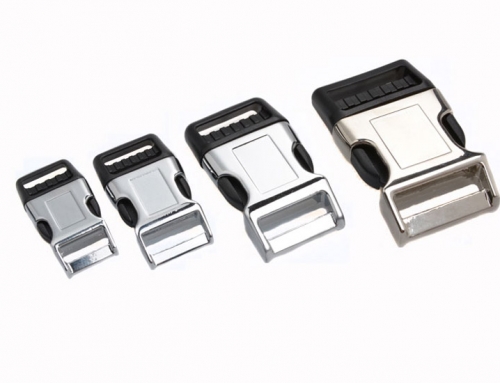What is nickel plating? Nickel plating is a process deposits a thin layer of nickel onto an underlying metal. It could increase resistance to corrosion or rust, improve resistance to wear, strength, and improve ductility. And it often applies to hardware for household use such as faucets, door hinges, and toasters. Military and aerospace use nickel plating to protect parts from corrosion.
Nickel plating
The most common plating, nickel-phosphorous, produces a hard surface when small amounts of phosphorous are used. It also creates a bright surface and a speedy process with moderate levels. This type of plating provides very high corrosion resistance, and is suitable to use in highly acidic conditions like oil drilling or coal mining, when high levels are used.
Advantage
The advantages of galvanic plating include a more attractive appearance, better ductility, and a less expensive procedure. Galvanic plating also generates fewer environmentally unfriendly waste products. Electroless plating provides better results for complex shapes because it adheres uniformly whereas galvanic plating tends to deposit more nickel on edges. It has a higher resistance to wear than galvanic plating, and it can provide very good corrosion resistance if applied with enough thickness.





